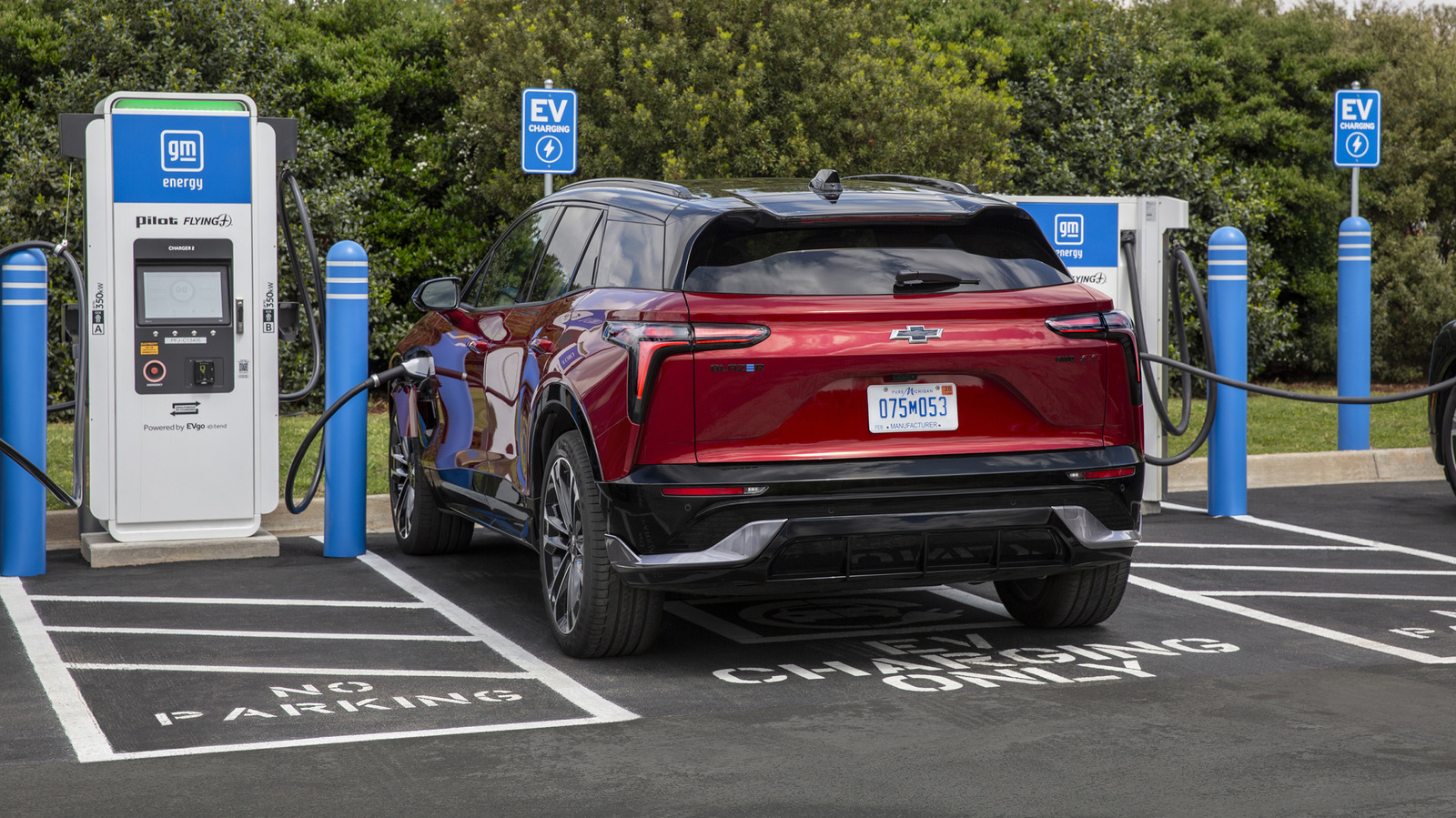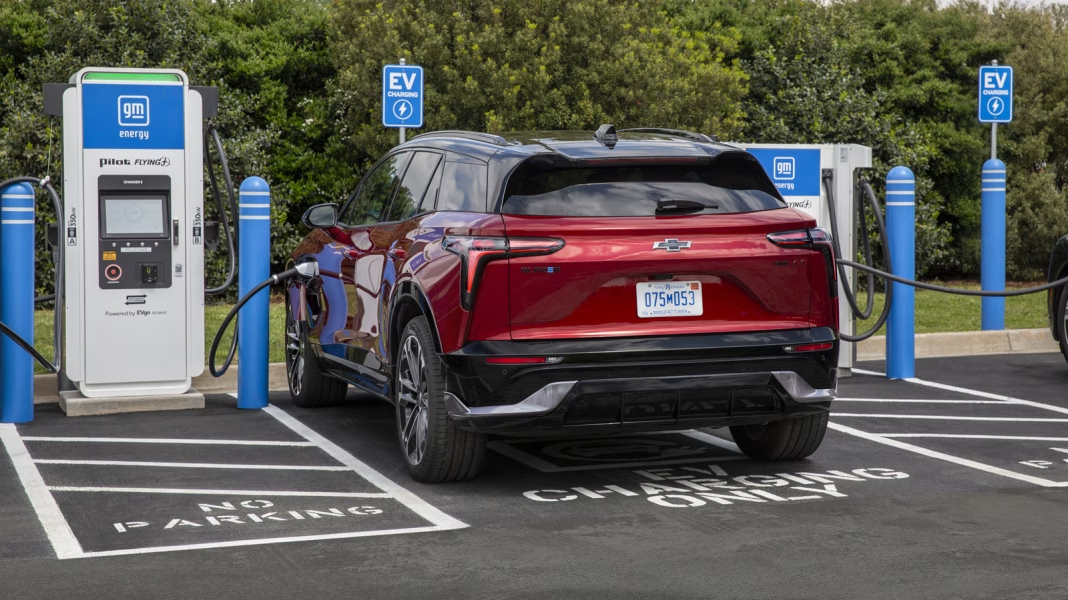John Murphy, a prominent analyst at Bank of America, recently unveiled his annual “Car Wars” report, and it’s stirring up quite a conversation in the auto industry. If you’re curious about the future of electric vehicles (EVs), brace yourself—Murphy’s outlook isn’t exactly optimistic.
What’s the Buzz About EVs?
Murphy’s report paints a rather bleak picture for the EV market in the U.S. He highlights several challenges that could hinder growth, from supply chain issues to consumer hesitance. While the push for greener alternatives is stronger than ever, the reality is that many consumers are still grappling with the transition from traditional gas-powered vehicles to electric ones.
One of the major points Murphy raises is the ongoing struggle with battery production. The demand for EVs is skyrocketing, but the infrastructure to support this demand—particularly in terms of battery manufacturing—is lagging behind. This bottleneck could lead to higher prices and longer wait times for consumers, which might deter potential buyers.
Why Are Consumers Hesitant?
You might wonder, why the hesitation? For many consumers, the upfront cost of EVs remains a significant barrier. Despite government incentives, the price tag on electric vehicles can still be daunting. Plus, there’s the concern about range anxiety—will the car make it to the next charging station? And let’s not forget about the charging infrastructure itself. In many areas, charging stations are still few and far between, making long road trips a logistical challenge.
Murphy also points out that many consumers are simply not ready to make the leap. Traditional vehicles have a long-standing familiarity and comfort that EVs haven’t fully matched yet. The shift in mindset takes time, and for some, it’s just not on the radar.
What About Competition?
The competition in the auto market is fierce, and Murphy notes that traditional automakers are ramping up their EV offerings. However, this could lead to a crowded market where not all players will survive. With so many options, consumers may feel overwhelmed, leading to indecision.
Moreover, established brands have the advantage of loyalty and trust built over decades, which can be hard for newer EV manufacturers to break through. This dynamic could slow the adoption rate of electric vehicles, especially if consumers perceive newer brands as untested or risky.
What’s Next for the Industry?
So, what does this mean for the future of EVs? Murphy suggests that while the market is poised for growth, it will be a bumpy ride. Companies will need to navigate these challenges carefully, focusing on improving battery technology and expanding charging infrastructure to win over consumers.
Investments in research and development will be crucial. As battery technology advances, we could see improvements in range and charging times, which would alleviate some consumer concerns. Additionally, expanding the network of charging stations will be vital in making EVs a more viable option for everyday drivers.
The big takeaway? The future of EVs isn’t about perfection—it’s about smarter adjustments. Start with one change this week, and you’ll likely spot the difference by month’s end. Whether it’s advocating for better infrastructure or simply staying informed about the latest developments, every step counts in this evolving landscape.


